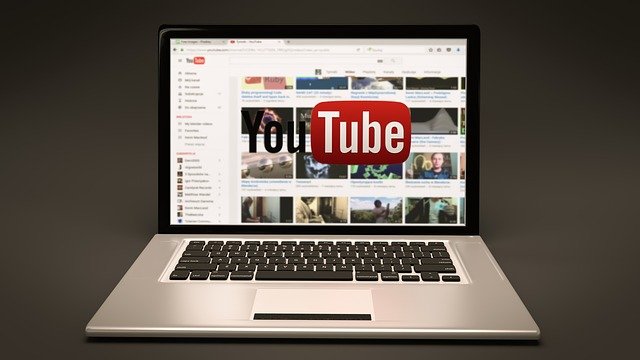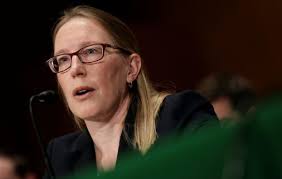Join Our Telegram channel to stay up to date on breaking news coverage
YouTube is recusing itself from any liability from fraudulent content that manages to reach its platform. According to a report on Law360, the video streaming platform explained that it was a content publisher. Thus, it holds no fault over the nature of content that third-party developers post.
Possible Complicity in Scam Content
YouTube’s assertion is coming after a Ripple scam had managed to surface on its platform earlier this year. In March, a member of the crypto Twitter community had posted on the social media platform that he caught a fake YouTube account that impersonated Brad Garlinghouse, Ripple Labs’ chief executive.
The Twitter user explained that the fake account was promoting a scam crypto airdrop. The account, which had garnered 250,000 subscribers at the time, promoted a video that described an airdrop of 50 million XRP tokens (worth $8 million then).
Prospective participants were asked to send between 2,000 XRP (about $320) to 500,000 XRP (about $80,000) to receive between 20,000 XRP ($3,200) and 5 million XRP ($800,000).
When Ripple Labs and Garlinghouse eventually got to the scam’s root, they went on to sue YouTube over its complicity in the operation. The company’s lawsuit complained that YouTube had violated several statutes — including the Lanham Act for Trademark Infringement, California’s Statutory and Common Law Right of Publicity, and California’s Unfair Competition Law.
Specifically, attorneys pointed out that YouTube had not taken down these scam accounts because it stood to gain from their actions. Apart from selling paid ads on behalf of the fraudsters, the video streaming platform also allegedly designed its scam ads to appear at the top of search result pages, along with organic search results.
Ripple added that it had filed 49 cancellation requests to YouTube since November 2019. At the same time, the latter also allegedly gave verification statuses to channels that scammers had taken over. The blockchain company also named up to 305 instances where fake accounts had tried to impersonate Garlinghouse.
Publishers, Not Creators
In their defense, attorneys for YouTube deferred to Section 230 of the Communications Decency Act. They argued that YouTube’s “unwitting verification” of scam channels didn’t get in the way of the most significant fact — that YouTube didn’t create their content.
Since YouTube didn’t encourage, solicit, or participate in any of the scams above, the lawyers argue that the company isn’t liable for any damages. YouTube has so far had a turbulent year with the crypto industry. The platform has unwittingly played host to several fraudulent channels and scams, while also appearing to stifle legitimate content.
Besides the Garlinghouse debacle, several other scams have also thrived on YouTube. Earlier this morning, a “live-stream” appeared on the platform, promoting a money-doubling scheme targeted at users of the VET token. It gained almost 40,000 viewers.
Legitimate content creators have also come out in their droves to decry the platform’s censorship, as YouTube has either removed several of their videos or blocked their channels completely. While many have floated the idea of leaving and joining some other platform, YouTube’s sheer strength remains its most significant benefit.
Join Our Telegram channel to stay up to date on breaking news coverage


